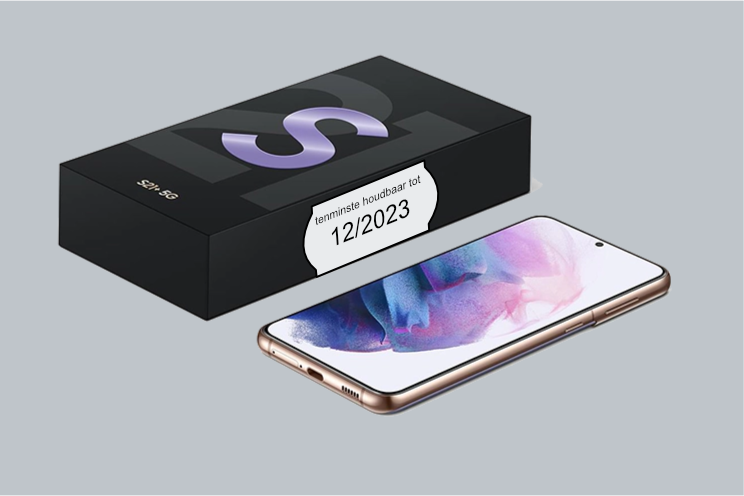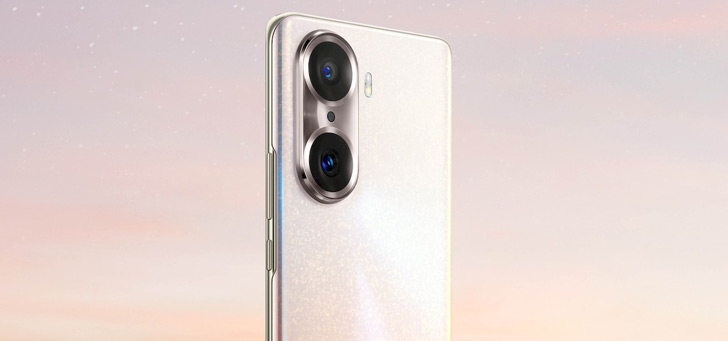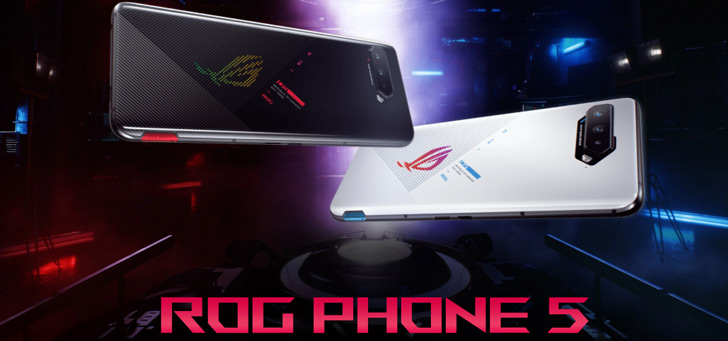I want a Best Before sticker on my smartphone…
Google is the maker of Android and releases a new Android version every year and a security update every month. A lot of people confuse the fact that Google does this with that it should be the same on their smartphone. In an ideal corona-free world where it is always 23 degrees and Feyenoord becomes champion every year, that would be wonderful. Unfortunately, our world doesn’t work like that.
Contents
I want
I see and read more and more often that there is criticism of manufacturers for not following the example of Google. I can understand that criticism when you have paid more than € 1000 for a Galaxy S21 Ultra or an OPPO Find X3 Pro. That is slightly different when you have bought a device from the middle class or lower. Let me explain.
You are not always entitled to updates
Releasing an update costs money, especially when it comes to a version update. It is not the case that when you as a manufacturer receive Android 12 from Google, you can just transfer and roll it out. The software must be adapted to the hardware used in the device and to any existing shell. This costs a lot of labor from the developers and therefore a lot of money. I have been told that an update costs just a million per device type: that is a lot of money. Add to that the fact that a device often has several types (bands and provider versions) and then you arrive at a nice amount.
This is important knowledge for the following reason. Smartphone makers are commercial companies that need to make a profit, I hope that’s no surprise to you. When they make a product, they think in advance what to put in it and more importantly at what price they want to sell it. The selling price gives them a certain place in the market and against the competition. The price is also very important for the consumer. Even if the product is only 5 euros cheaper at Belsimpel, for example, they will still get it there. After all, we want a lot for little and a little quickly too.
Suppose a manufacturer puts a device of € 199 on the market, then the margins on it are very small and it will have to be determined in advance where the costs for production will be spent. After all, consumers want the best possible product for the lowest price. Then you just have to make a choice between a better camera or an extra version update.
A lot of users of that type of device will now stamp their way through the room, shouting that they ‘have a right to...’ but that is of course nonsense. When you buy a device, you should know what to expect from a device of a certain price range. You know that you don’t get a top camera in a device of € 199 and as far as I’m concerned you can think of yourself that you can’t get 5 years of support in terms of updates.
You can easily find what camera is in a device and how big the battery is everywhere, but how often the device will receive an update in the coming years is often difficult or impossible to find. It may be that one does not want to communicate it or that one simply does not know it yet. Fortunately, we see that people communicate more and more clearly about this, but this information is still almost impossible to find. Fortunately, I have a solution for that.
Best before
I advocate a Best Before label on the packaging of a smartphone. Just like with a carton of milk, you know until when it is at least safe to consume the contents without having any problems with it. A best before date sticker on a smartphone tells you how many version updates your device will receive at least, and how often you get a security update, for example monthly or quarterly. With such an interpretation, we can get rid of all the nagging about the updates in one fell swoop. As a consumer, you therefore make a conscious choice for a product with an update cycle. In addition, you know what you are giving up when you want to have a lot for little again.
This means that the responsibility lies entirely with the supplier and we can also pay him/her accordingly. Incidentally, it does not mean that when a smartphone no longer receives a version update, it can no longer be used. A device with Android 10 can last for years if it regularly (and that does not have to be every month) receives its security update.
Theme week Telephones and sustainability
This week Androidworld is all about the theme week Phones and Sustainability. Do you have a question about the topic we discuss during this theme week or do you have ideas or tips? Let us know in the comments below this article (also check our Android app). You can also email us at this email address or leave a message on Facebook, Instagram and Twitter. You can also ask us questions via this Telegram group. Would you rather send one of the editors a tip? Then you can too!



